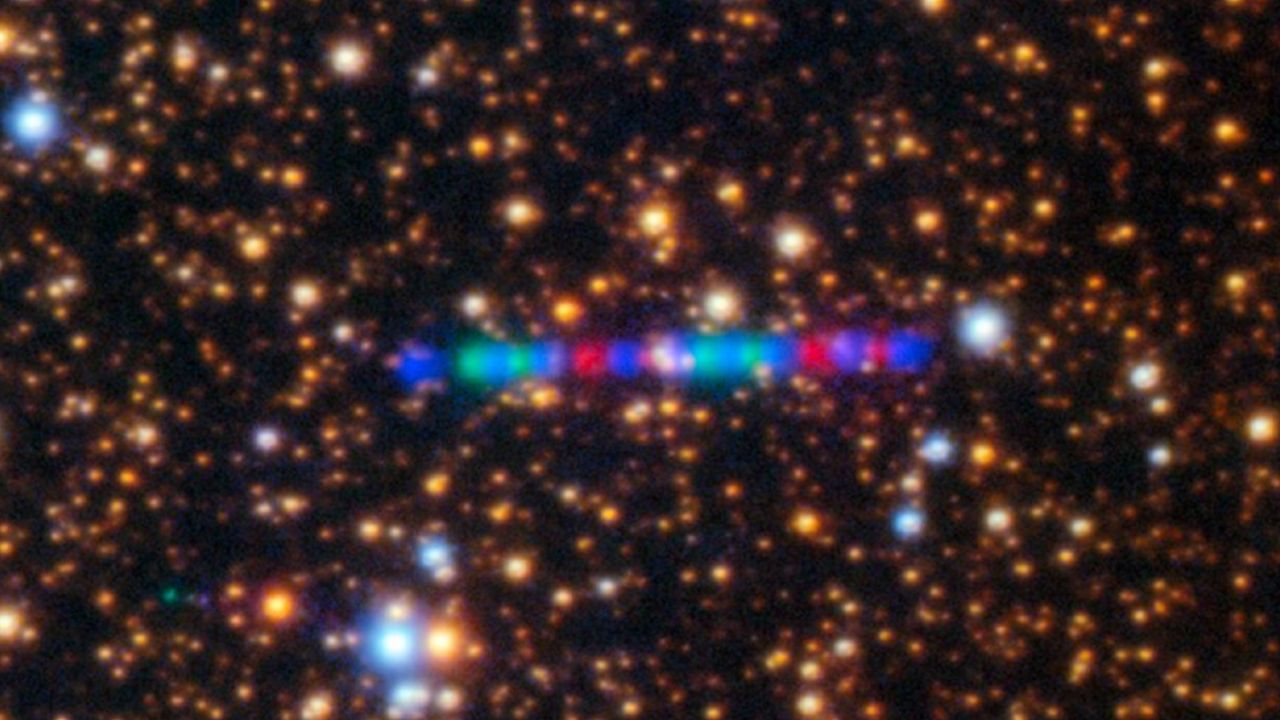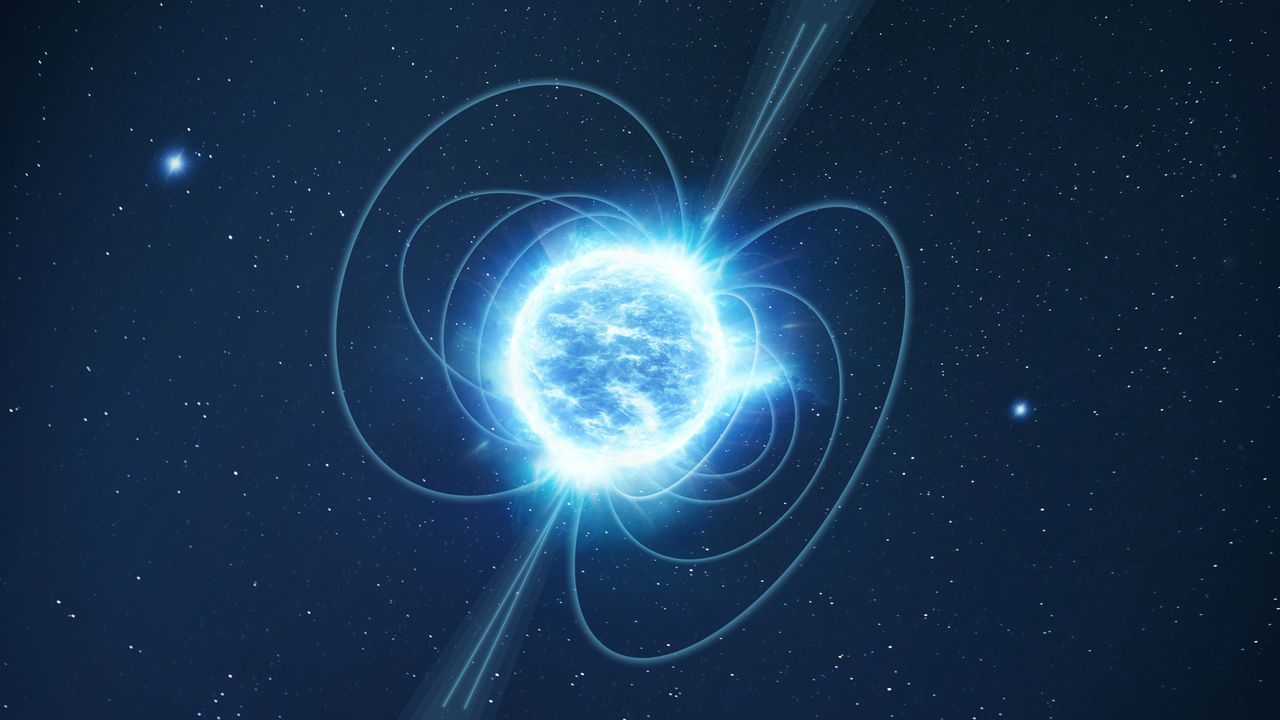Specially treated water treated by cold plasma helps stubborn wounds heal faster in diabetes
PositiveScience

Recent advancements in treating diabetic wounds, especially foot ulcers, show promising results with the use of specially treated water and cold plasma technology. This innovative approach addresses the challenges of chronic wounds that often fail to heal due to poor blood flow and infection. By enhancing the healing process, this treatment could significantly improve the quality of life for diabetes patients, reducing the risk of severe complications like amputations and loss of mobility.
— Curated by the World Pulse Now AI Editorial System






